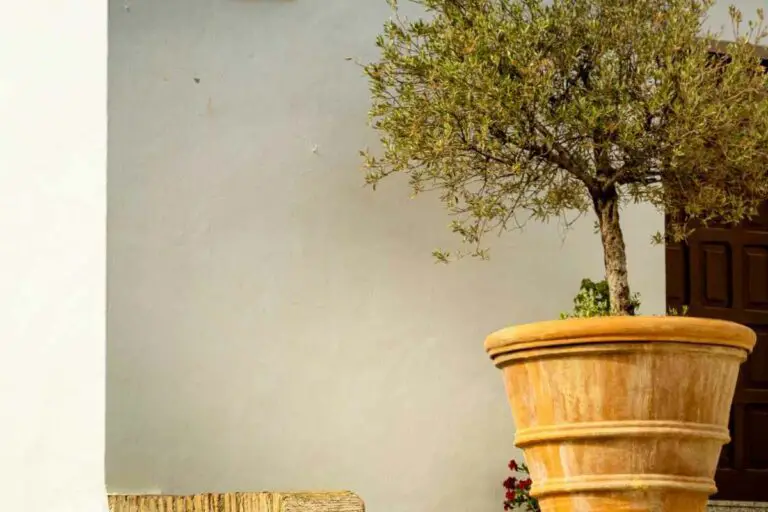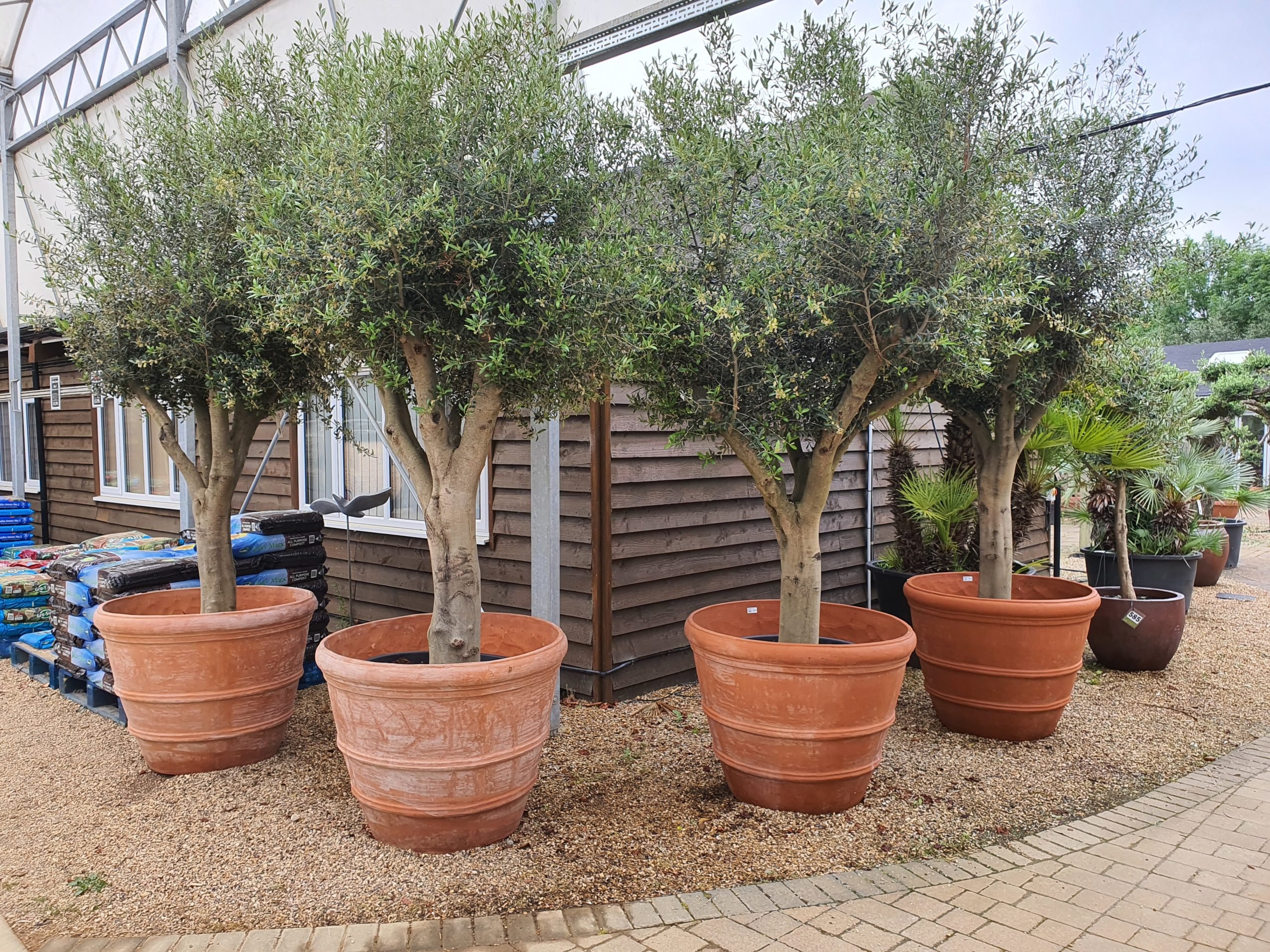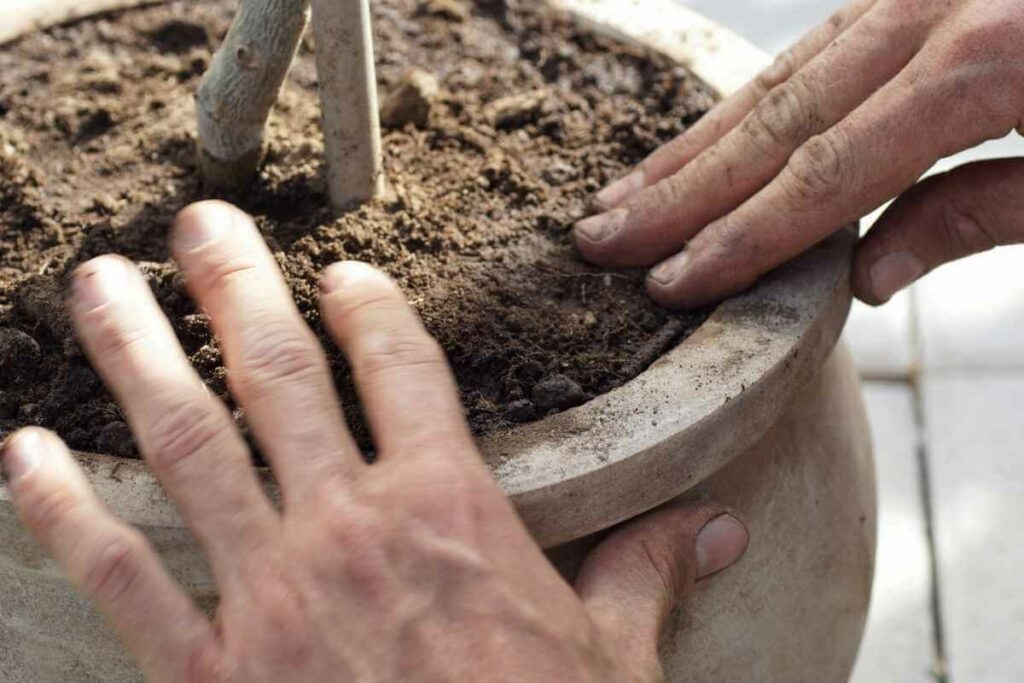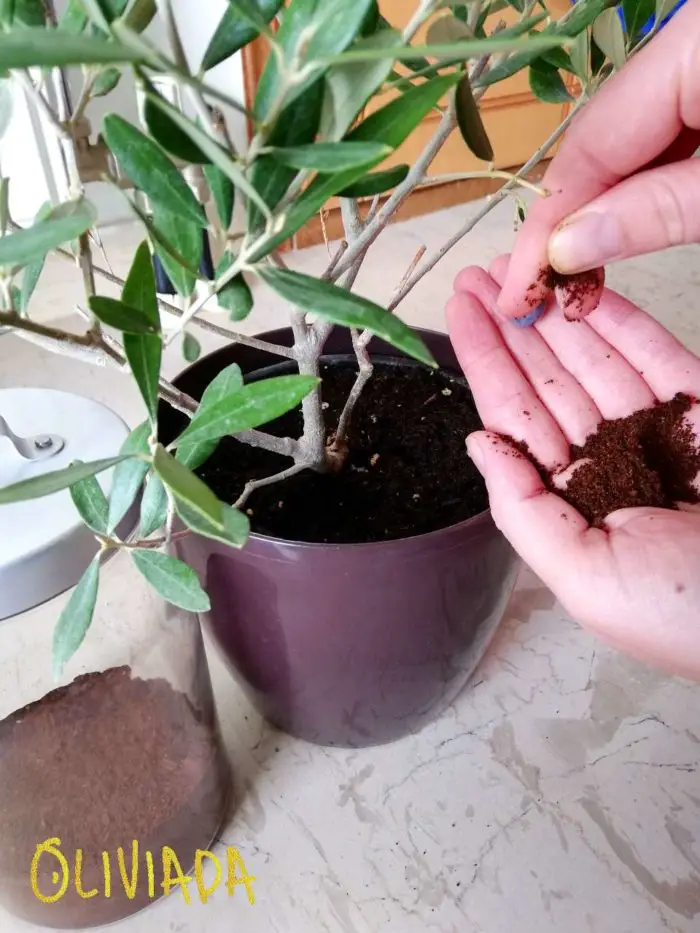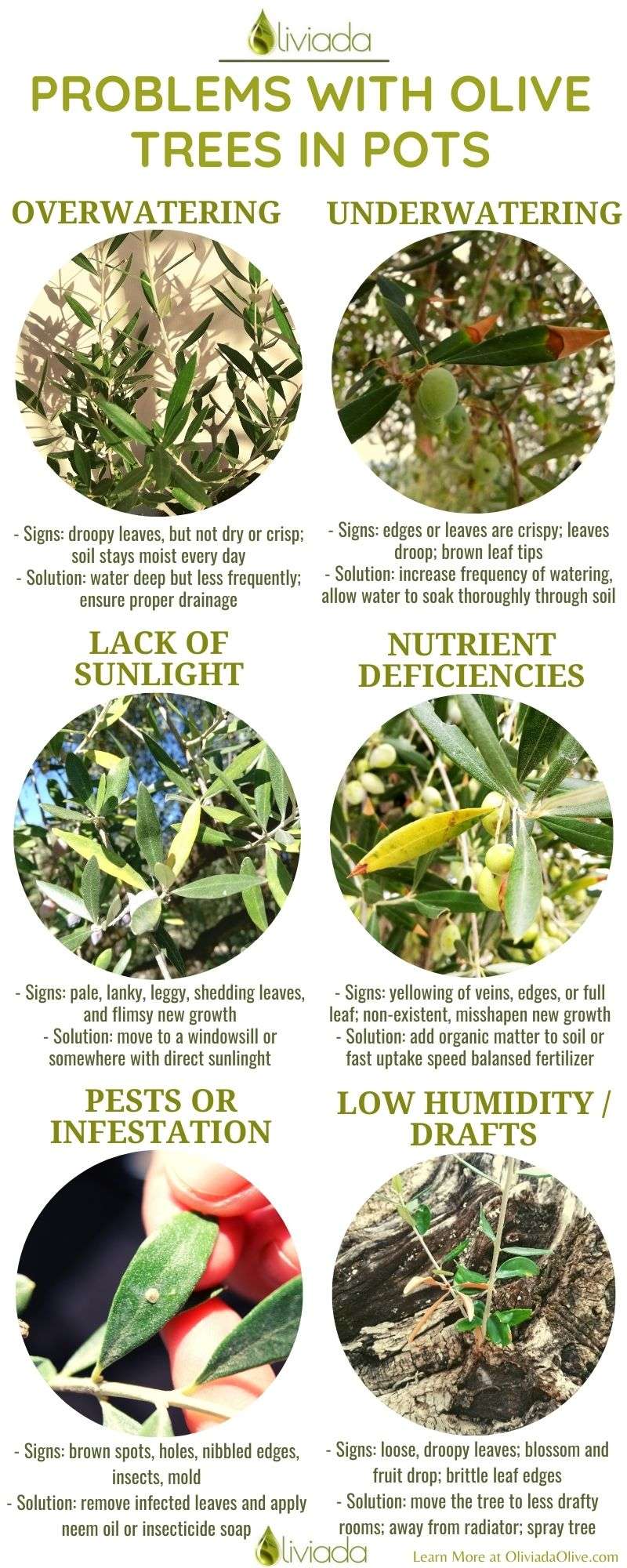Choosing the Right Potting Mix for Your Olive Tree
When it comes to growing olive trees in containers, selecting the right potting mix is crucial for their health and survival. A well-draining potting mix specifically designed for olive trees in pots can make all the difference in preventing waterlogged soil and root rot. Olive trees prefer a slightly acidic to neutral soil pH, ranging from 6.0 to 7.0, which allows for optimal nutrient uptake.
A good potting mix for olive trees in containers should have the following characteristics: high organic matter content, good drainage, and a slightly acidic pH. A mix with a high percentage of peat moss or coconut coir can help retain moisture, while perlite or vermiculite can improve drainage and prevent waterlogging. Additionally, a potting mix with a balanced fertilizer can provide essential nutrients for healthy growth.
Using a regular potting soil can be detrimental to your olive tree’s health, as it can compact and prevent proper drainage. This can lead to root rot and other problems, ultimately affecting the tree’s ability to thrive. On the other hand, a potting mix specifically designed for olive trees in containers can provide the right balance of nutrients and drainage, allowing your tree to flourish.
When selecting a potting mix for your olive tree in a pot, look for products that are specifically labeled as “olive tree potting mix” or “Mediterranean plant potting mix.” These products are formulated to meet the unique needs of olive trees and other Mediterranean plants, providing the right balance of nutrients and drainage.
In addition to choosing the right potting mix, it’s also essential to consider the size of the container and the tree’s root system. A container that is too small can cause the soil to dry out too quickly, while a container that is too large can lead to waterlogging. A general rule of thumb is to choose a container that is at least 1-2 gallons in size for a small olive tree, and to use a potting mix that is specifically designed for olive trees in containers.
By selecting the right potting mix for your olive tree in a pot, you can provide the best possible start for your tree’s growth and development. Remember to choose a mix that is specifically designed for olive trees, and to consider the size of the container and the tree’s root system. With the right potting mix and proper care, your olive tree can thrive in its container and provide you with delicious fruit for years to come.
Understanding the Unique Needs of Olive Trees in Pots
Olive trees in containers have specific requirements that differ from those planted in the ground. One of the most critical factors is good drainage. Olive trees prefer well-draining soil to prevent waterlogged soil and root rot. A potting mix specifically designed for olive trees in containers should have a high percentage of perlite, vermiculite, or sand to ensure good drainage.
Another essential factor is pH. Olive trees prefer a slightly acidic to neutral soil pH, ranging from 6.0 to 7.0. This allows for optimal nutrient uptake and prevents nutrient deficiencies. A potting mix with a pH range of 6.0-7.0 can provide the necessary conditions for healthy growth.
Adequate nutrients are also crucial for olive trees in containers. A balanced fertilizer can provide essential nutrients such as nitrogen, phosphorus, and potassium. However, over-fertilization can be detrimental to the tree’s health. A potting mix with a balanced fertilizer can provide the necessary nutrients without the risk of over-fertilization.
In addition to good drainage, pH, and nutrients, olive trees in containers also require adequate water and sunlight. Olive trees prefer full sun to partial shade and consistent moisture. However, over-watering can be detrimental to the tree’s health. A potting mix with good drainage can help prevent waterlogged soil and root rot.
It’s also essential to consider the size of the container and the tree’s root system. A container that is too small can cause the soil to dry out too quickly, while a container that is too large can lead to waterlogging. A general rule of thumb is to choose a container that is at least 1-2 gallons in size for a small olive tree.
By understanding the unique needs of olive trees in containers, you can provide the best possible conditions for healthy growth and development. A potting mix specifically designed for olive trees in containers can provide the necessary conditions for optimal growth. Remember to choose a mix that is well-draining, has a slightly acidic to neutral pH, and provides adequate nutrients.
When selecting a potting mix for your olive tree in a pot, look for products that are specifically labeled as “olive tree potting mix” or “Mediterranean plant potting mix.” These products are formulated to meet the unique needs of olive trees and other Mediterranean plants, providing the right balance of nutrients and drainage.
How to Create a Custom Potting Mix for Your Olive Tree
Creating a custom potting mix for your olive tree in a pot can be a cost-effective and rewarding experience. By selecting the right ingredients, you can provide your tree with the perfect balance of nutrients and drainage. Here’s a step-by-step guide on how to create a custom potting mix for your olive tree:
Ingredients:
- Perlite or vermiculite (20-30%): These ingredients provide excellent drainage and aeration, preventing waterlogged soil and root rot.
- Compost (20-30%): Compost adds essential nutrients and improves soil structure, allowing for better water retention and drainage.
- Peat moss or coconut coir (20-30%): These ingredients help retain moisture, suppress weeds, and regulate soil temperature.
- Worm castings or well-rotted manure (10-20%): These ingredients provide a slow release of nutrients, promoting healthy growth and development.
- Lime or dolomitic limestone (5-10%): These ingredients help adjust the pH of the potting mix, providing a slightly acidic to neutral environment for your olive tree.
Instructions:
1. Start by mixing the perlite or vermiculite, compost, and peat moss or coconut coir in a large bucket or container.
2. Add the worm castings or well-rotted manure and mix well.
3. Add the lime or dolomitic limestone and mix until the ingredients are well combined.
4. Sift the potting mix through a wire mesh or fine-mesh sieve to remove any lumps or debris.
5. Transfer the potting mix to a clean container or bag, and store it in a dry, well-ventilated area.
Benefits of a Custom Potting Mix:
A custom potting mix provides several benefits for your olive tree, including:
- Improved drainage and aeration, preventing waterlogged soil and root rot.
- Increased nutrient availability, promoting healthy growth and development.
- Better soil structure, allowing for improved water retention and drainage.
- A slightly acidic to neutral pH, providing the perfect environment for your olive tree.
By creating a custom potting mix for your olive tree, you can provide the perfect balance of nutrients and drainage, promoting healthy growth and development. Remember to adjust the ingredients and proportions based on your tree’s specific needs and preferences.
Top Potting Mixes for Olive Trees in Containers: A Review
When it comes to choosing the right potting mix for your olive tree in a container, there are several options available on the market. In this review, we’ll compare some of the top potting mixes specifically designed for olive trees in containers, including Miracle-Gro and Black Kow.
Miracle-Gro Potting Mix for Olive Trees
Miracle-Gro is a well-known brand in the gardening industry, and their potting mix for olive trees is a popular choice among gardeners. This mix is specifically designed to provide the right balance of nutrients and drainage for olive trees in containers. It contains a blend of peat moss, vermiculite, and perlite, which helps to retain moisture and prevent waterlogging.
Pros:
- Good drainage and aeration
- Contains a balanced fertilizer
- Easy to find in most gardening stores
Cons:
- May not be suitable for olive trees that prefer a more acidic pH
- Some gardeners have reported that it can be too dense and may require additional perlite or vermiculite
Black Kow Potting Mix for Olive Trees
Black Kow is another popular brand among gardeners, and their potting mix for olive trees is a favorite among many. This mix is made from a blend of composted cow manure, peat moss, and perlite, which provides excellent drainage and aeration. It also contains a balanced fertilizer that promotes healthy growth and development.
Pros:
- Excellent drainage and aeration
- Contains a balanced fertilizer
- Made from natural and organic ingredients
Cons:
- May be more expensive than other potting mixes on the market
- Some gardeners have reported that it can be too dry and may require additional watering
Other Options
In addition to Miracle-Gro and Black Kow, there are several other potting mixes available on the market that are specifically designed for olive trees in containers. Some other options to consider include:
- Pro-Mix Potting Mix for Olive Trees
- E.B. Stone Organics Potting Mix for Olive Trees
- Eden Soil Potting Mix for Olive Trees
When choosing a potting mix for your olive tree in a container, it’s essential to consider the specific needs of your tree. Look for a mix that provides good drainage and aeration, contains a balanced fertilizer, and is specifically designed for olive trees in containers. By choosing the right potting mix, you can provide your tree with the best possible start for healthy growth and development.
The Role of pH in Olive Tree Container Gardening
When it comes to growing olive trees in containers, maintaining the right pH is crucial for optimal growth and health. Olive trees prefer a slightly acidic to neutral soil pH, ranging from 6.0 to 7.0. A pH outside of this range can lead to nutrient deficiencies, reduced growth, and increased susceptibility to disease.
Why is pH important for olive trees in containers?
The pH of the soil affects the availability of nutrients for the olive tree. A pH that is too high or too low can limit the tree’s ability to absorb essential nutrients, leading to deficiencies and reduced growth. Additionally, a pH that is too far outside of the optimal range can lead to an increased risk of disease and pests.
How to test the pH of your potting mix
Testing the pH of your potting mix is a simple process that can be done with a pH test kit. These kits are available at most gardening stores and can provide an accurate reading of the pH of your soil. To test the pH of your potting mix, follow these steps:
- Collect a small sample of the potting mix from the container.
- Moisten the sample with distilled water.
- Insert the pH test probe into the sample and wait for the reading to stabilize.
- Record the pH reading and adjust the potting mix as needed.
How to adjust the pH of your potting mix
If the pH of your potting mix is too high or too low, there are several ways to adjust it. Here are a few methods:
To lower the pH (make it more acidic):
- Add elemental sulfur or aluminum sulfate to the potting mix.
- Use a fertilizer that is specifically formulated to lower the pH.
To raise the pH (make it more alkaline):
- Add lime or dolomitic limestone to the potting mix.
- Use a fertilizer that is specifically formulated to raise the pH.
Tips for avoiding over-fertilization
Over-fertilization can lead to an increased risk of disease and pests, as well as reduced growth and health. Here are a few tips for avoiding over-fertilization:
- Use a balanced fertilizer that is specifically formulated for olive trees in containers.
- Follow the instructions on the fertilizer package for application rates and timing.
- Monitor the tree’s response to fertilization and adjust as needed.
By maintaining the right pH and avoiding over-fertilization, you can provide your olive tree with the optimal conditions for growth and health. Remember to test the pH of your potting mix regularly and adjust as needed to ensure the best possible results.
Fertilizing Your Olive Tree in a Container: Best Practices
Fertilizing your olive tree in a container is essential for promoting healthy growth and fruit production. However, it’s crucial to follow best practices to avoid over-fertilization, which can lead to reduced growth, disease, and pest problems.
Types of Fertilizers for Olive Trees in Containers
There are several types of fertilizers that are suitable for olive trees in containers. These include:
- Balanced fertilizers (e.g., 10-10-10 NPK): These fertilizers provide equal amounts of nitrogen, phosphorus, and potassium, which are essential for healthy growth and fruit production.
- Organic fertilizers (e.g., compost, manure): These fertilizers are made from natural ingredients and release nutrients slowly, promoting healthy growth and soil biota.
- Slow-release fertilizers (e.g., Osmocote, Scotts): These fertilizers release nutrients slowly over a prolonged period, reducing the need for frequent fertilization.
How Often to Fertilize Your Olive Tree in a Container
The frequency of fertilization depends on the type of fertilizer and the age of the tree. Here are some general guidelines:
- Young trees (1-2 years old): Fertilize every 2-3 weeks during the growing season (spring-fall) with a balanced fertilizer.
- Mature trees (3+ years old): Fertilize every 4-6 weeks during the growing season with a balanced fertilizer.
- Organic fertilizers: Fertilize every 2-3 months during the growing season.
- Slow-release fertilizers: Fertilize every 3-6 months during the growing season.
How to Avoid Over-Fertilization
Over-fertilization can lead to reduced growth, disease, and pest problems. Here are some tips to avoid over-fertilization:
- Follow the instructions on the fertilizer package for application rates and timing.
- Monitor the tree’s response to fertilization and adjust as needed.
- Avoid fertilizing during the dormant season (winter) when the tree is not actively growing.
- Use a soil test kit to determine the nutrient levels in the soil and adjust fertilization accordingly.
By following these best practices, you can provide your olive tree in a container with the necessary nutrients for healthy growth and fruit production. Remember to always follow the instructions on the fertilizer package and monitor the tree’s response to fertilization to avoid over-fertilization.
Common Mistakes to Avoid When Growing Olive Trees in Containers
When growing olive trees in containers, there are several common mistakes to avoid in order to ensure the health and success of your tree. Here are some of the most common mistakes to watch out for:
Using Regular Potting Soil
One of the most common mistakes people make when growing olive trees in containers is using regular potting soil. Regular potting soil can be too dense and may not provide the proper drainage that olive trees need. Instead, use a well-draining potting mix specifically designed for olive trees in containers.
Over-Watering
Over-watering is another common mistake that can be detrimental to olive trees in containers. Olive trees prefer well-draining soil and can be susceptible to root rot if the soil is too wet. Make sure to water your olive tree only when the soil feels dry to the touch, and avoid getting water on the trunk or leaves.
Under-Fertilizing
Under-fertilizing is also a common mistake that can affect the health and productivity of your olive tree. Olive trees need regular fertilization to promote healthy growth and fruit production. Use a balanced fertilizer specifically designed for olive trees in containers, and follow the instructions on the label for application rates and timing.
Not Providing Enough Sunlight
Olive trees need full sun to partial shade to thrive, so make sure to provide your tree with enough sunlight. If you’re growing your olive tree indoors, place it in a sunny window or under grow lights. If you’re growing your olive tree outdoors, choose a location that receives full sun to partial shade.
Not Pruning Regularly
Pruning is an essential part of olive tree care, and not pruning regularly can lead to a decline in the tree’s health and productivity. Prune your olive tree regularly to promote healthy growth, encourage fruiting, and remove any dead or diseased branches.
Troubleshooting Common Problems
If you’re experiencing problems with your olive tree, such as yellowing leaves or a decline in fruit production, there are several things you can do to troubleshoot the issue. Here are some common problems and their solutions:
- Yellowing leaves: This can be caused by over-watering, under-fertilizing, or a lack of sunlight. Check the soil moisture, fertilize regularly, and provide enough sunlight.
- Decline in fruit production: This can be caused by a lack of fertilization, inadequate sunlight, or poor pruning practices. Fertilize regularly, provide enough sunlight, and prune regularly to promote healthy growth and fruiting.
By avoiding these common mistakes and troubleshooting any problems that arise, you can help ensure the health and success of your olive tree in a container.
Conclusion: Thriving Olive Trees in Containers Start with the Right Soil
Cultivating thriving olive trees in containers requires careful attention to the soil. By choosing the right potting mix, you can provide your tree with the necessary nutrients and drainage for healthy growth and fruit production. Remember, a well-draining potting mix specifically designed for olive trees in containers is essential for preventing waterlogged soil and root rot.
In this article, we’ve discussed the importance of selecting a well-draining potting mix, understanding the unique needs of olive trees in containers, and creating a custom potting mix. We’ve also reviewed popular potting mixes, discussed the role of pH in olive tree container gardening, and provided tips on fertilizing and troubleshooting common problems.
By following these guidelines and experimenting with different potting mixes and techniques, you can find what works best for your olive tree. Remember, the key to success is to provide your tree with the right soil and care. With the right potting mix and proper care, you can enjoy a thriving and productive olive tree in a container.
So, don’t be afraid to get creative and experiment with different potting mixes and techniques. With a little patience and practice, you can become an expert in growing olive trees in containers. Happy gardening!


